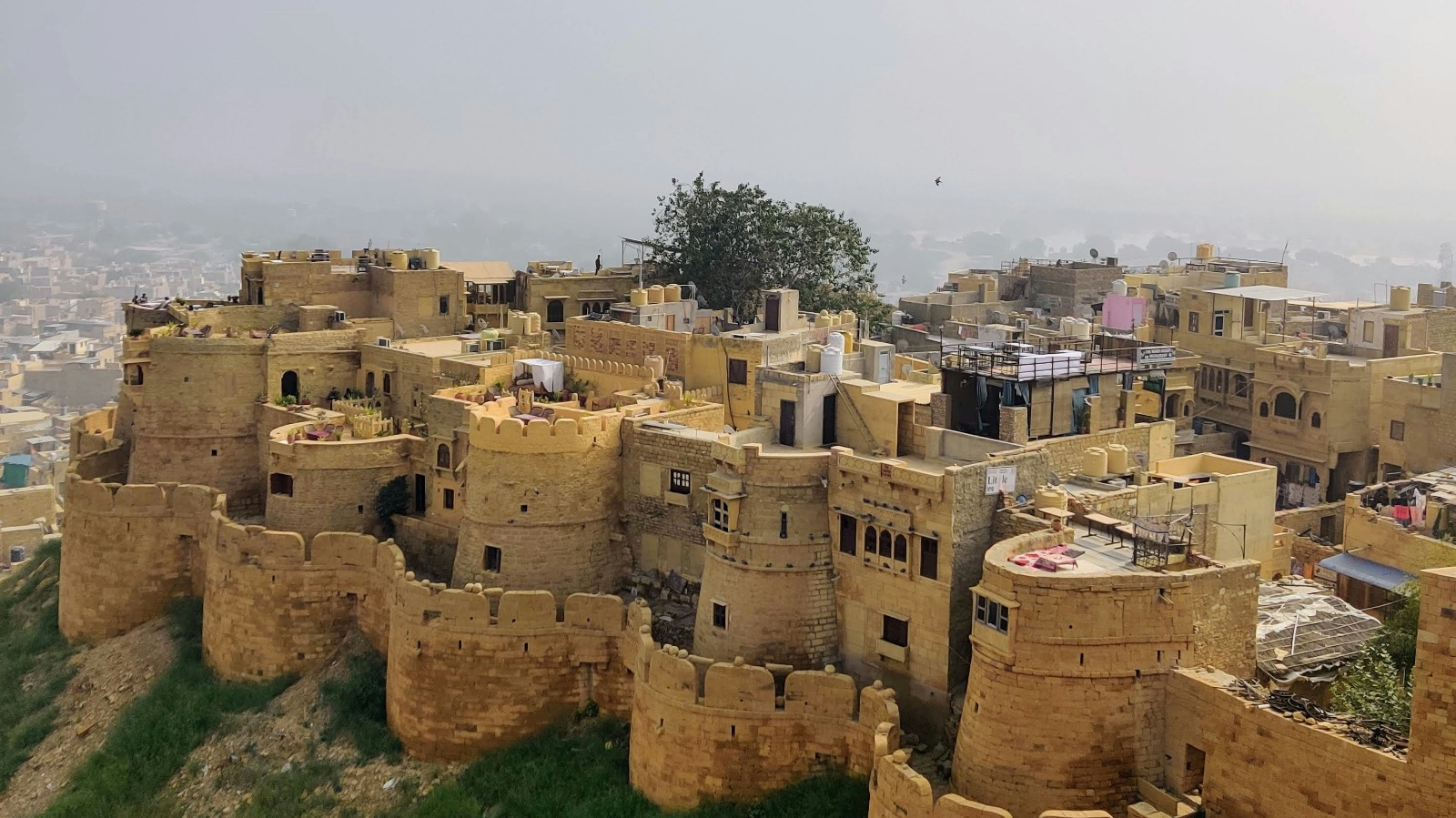Jaisalmer Tour
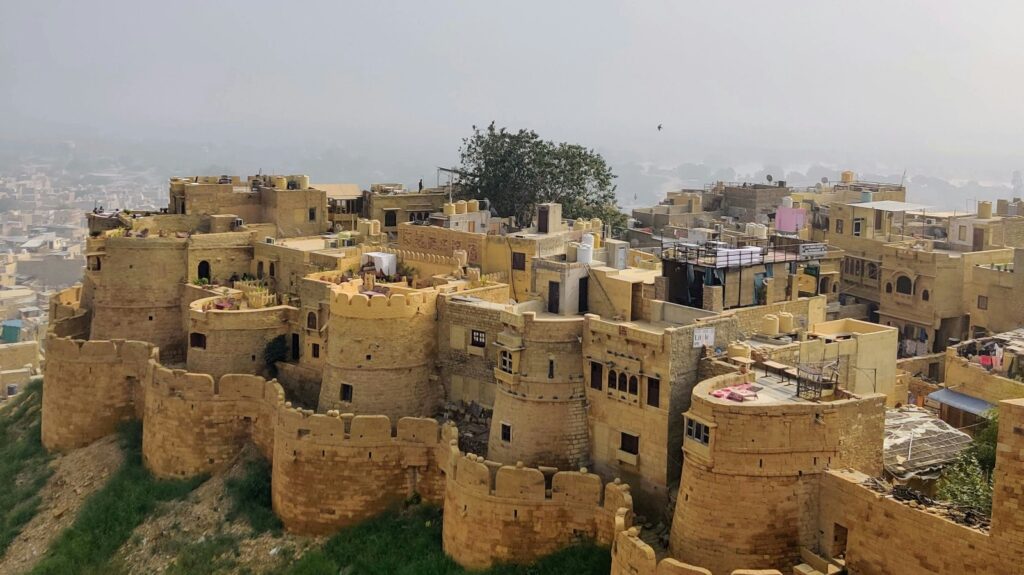
Jaisalmer Fort, often referred to as Sonar Quila or the Golden Fort, stands as a testament to the architectural prowess and rich history of Rajasthan. Perched atop Trikuta Hill in the expansive Thar Desert, this magnificent citadel was constructed in 1156 AD by the Rajput ruler Rawal Jaisal. Its golden-hued sandstone walls glow brilliantly under the desert sun, giving the fort its iconic name. Unlike many historical forts, Jaisalmer Fort is a “living fort,” with bustling markets, homes, and temples within its walls, where a significant number of the local population still resides. This unique blend of history and contemporary life offers visitors an immersive experience, allowing them to explore ancient alleyways and admire intricate carvings while engaging with the vibrant culture of the present-day residents. As a UNESCO World Heritage Site, Jaisalmer Fort not only preserves the legacy of the Rajputana era but also serves as a vibrant hub of cultural heritage and daily life.
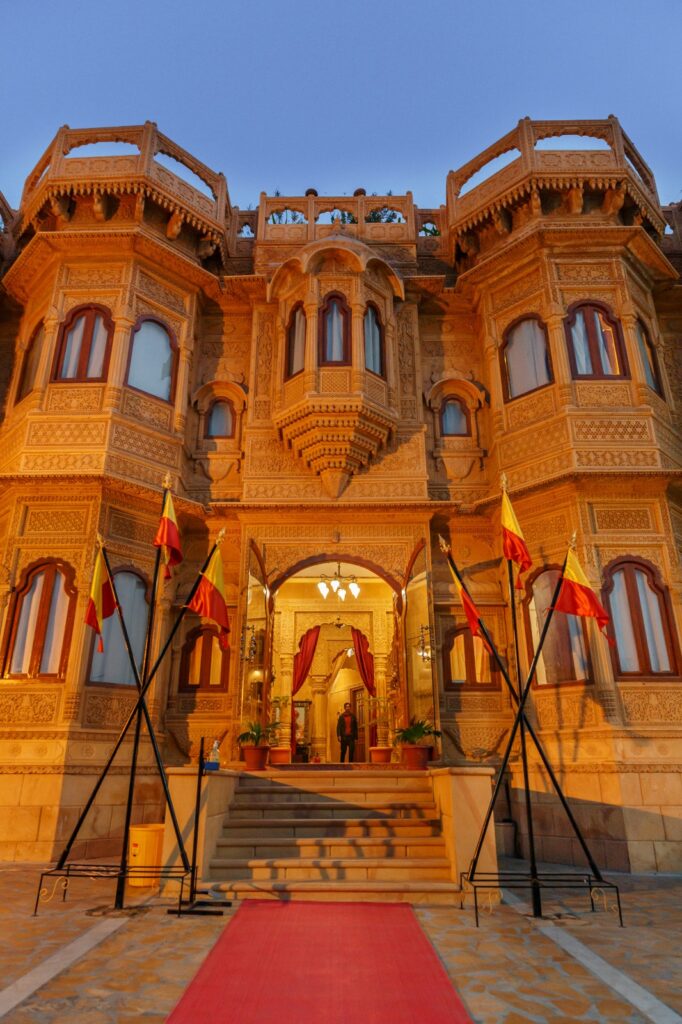
Nathmal Ji Ki Haveli
Nathmal Ki Haveli, an architectural marvel in Jaisalmer,stands as a testament to the craftsmanship and artistic vision of its creators. Commissioned in 1885 by Maharawal Beri Sal for his Prime Minister, Diwan Mohata Nathmal, this exquisite mansion was brought to life by the skilled brothers Hathi and Lulu over 22 years. Renowned for its intricate carvings in yellow sandstone, the haveli beautifully merges Rajput and Islamic architectural styles, showcasing a unique confluence of cultural influences.
Patwon Ki Haveli
Patwon Ki Haveli is a collection of five early 19th-century mansions built in Jaisalmer, Rajasthan, by Guman Chand Patwa, a prosperous merchant known for dealing in gold and silver thread. Construction began in 1805 and took approximately 55-60 years to complete the first grand haveli, which was built for his five sons.
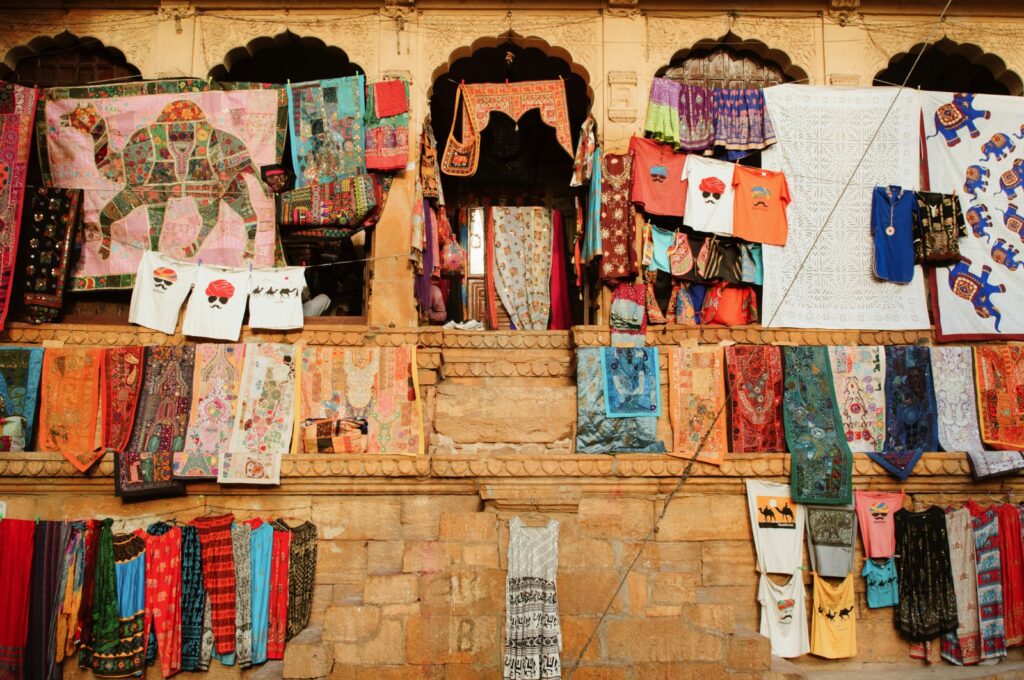
Gadisar Lake
Gadisar Lake was built in the 14th century by Maharawal Gadsi Singh to provide essential water for the arid desert city of Jaisalmer, though it may have been originally conceived in the 12th century by a prior ruler.
Sam Sand Dunes
Their popularity has led to activities such as camel safaris, camping, and traditional Rajasthani folk performances, further shaping their role in the region’s tourism landscape.
Tanot Mata Temple
According to popular belief, during the 1965 war, the Pakistani army dropped several bombs on the temple, but not a single bomb exploded. This incident demonstrated the supernatural power of the temple, and it became a symbol of India’s victory in the war.
Bada Bagh
Bada Bagh, or “Big Garden,” is a historical site near Jaisalmer, Rajasthan, known for its royal cenotaphs, or chhatris. Its history is tied to the Bhatti dynasty, the rulers of the Jaisalmer state, and the development of an oasis in the desert. Bada Bagh remains a popular tourist destination, known for its serene setting and dramatic sunsets.
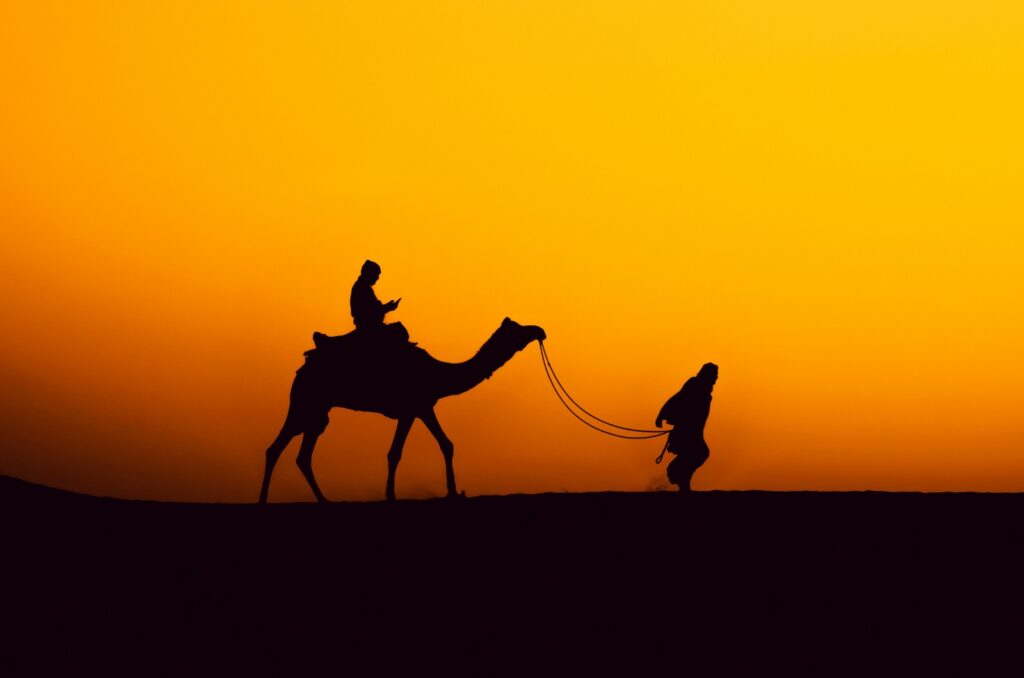
Jaisalmer War Museum
The Jaisalmer War Museum was established in 2015 by the Indian Army to showcase the history of the Indian Armed Forces and honor their sacrifices, particularly those from the 1971 Battle of Longewala, which is a major focus of the museum.
Tazia Tower
The Tazia Tower in Jaisalmer was built by Muslim artisans for the royal family to house the Tazia floats used during Muharram processions, with its unique design symbolizing the Mausoleum of Imam Hussain and incorporating distinctive balconies on each floor.




